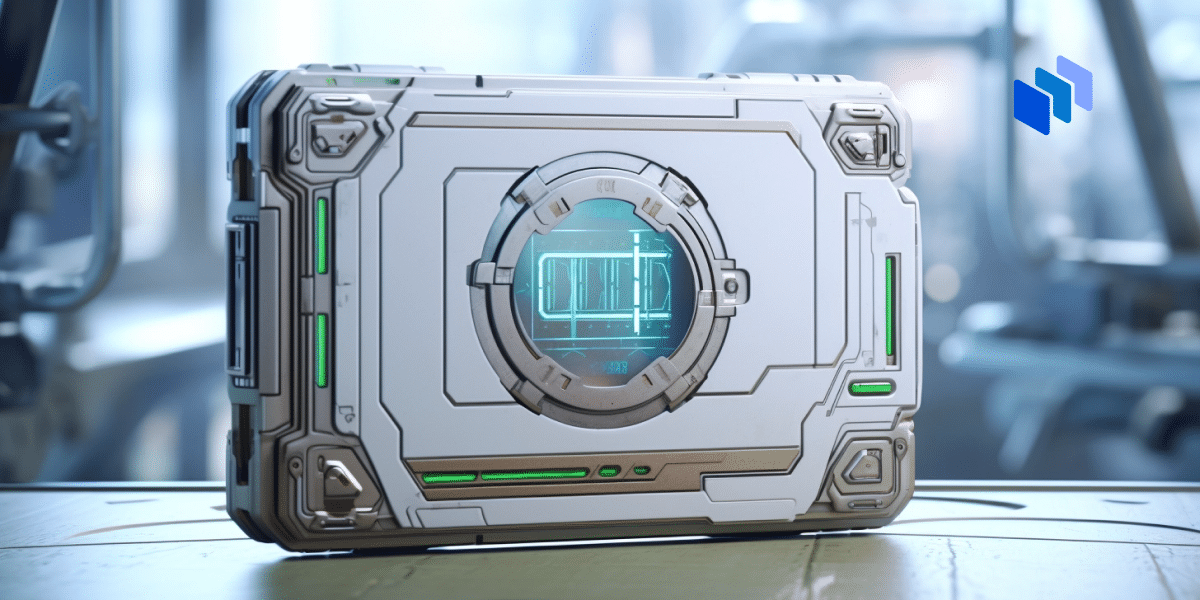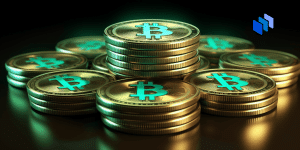What Is Cardano?
Cardano ($ADA) is a proof-of-stake (PoS) blockchain designed to be an alternative to the Ethereum blockchain as a platform for Web3 applications.
While Bitcoin and Ethereum launched using a proof-of-work (PoW) consensus protocol to validate transactions, Cardano uses the more energy-efficient PoS mechanism. Newer blockchains tend to use a version of PoS, and Ethereum made the transition from PoW to PoS in 2022. However, Cardano was one of the first and largest PoS-based blockchains.
Cardano developed the Ouroboros protocol, which is based on peer-reviewed research and evidence-based methods from a team of computer scientists and cryptographers at the University of Edinburgh, Tokyo University, and other institutions. The protocol allows the Cardano blockchain to scale sustainably without compromising security or energy efficiency.
History of Cardano
While most cryptocurrency projects develop quickly, Cardano takes a slower approach with the aim of eliminating potential bugs and threats. However, this means its development process takes longer than its competitors.
The Cardano blockchain introduced support for smart contracts in 2021, four years after its launch. This has led observers to note that the project has been overtaken by newer blockchain projects that have developed faster.
| 2015 | The Cardano project is initiated. |
| September 2017 | Cardano is launched after two years of research. |
| July 2018 | The blockchain makes the transition from a centralized federated system to a distributed network, enabling stakeholders to participate in the consensus mechanism. |
| March 2021 | With the Mary hard fork, Cardano adds native token support, allowing users to create custom tokens directly on the network. |
| September 2021 | The Alonzo hard fork introduces smart contract functionality with Plutus, a programming language purpose-built for creating secure and reliable smart contracts. The upgrade expands Cardano’s potential use cases in decentralized finance (DeFi) applications, non-fungible token (NFT) marketplaces, wallets, and stablecoins. |
| September 2022 | The Vasil hard fork is introduced to increase Cardano’s scalability, transaction processing capacity, and decentralized app (dApp) development capacity. |
| TBA | The final upgrade in the series of hard forks, Voltaire, focuses on implementing on-chain governance policies to support full decentralization so that Cardano will be run by its community of stake pool operators (SPOs), developers, academics, and organizations. |
Who Created Cardano?
Cardano was created by Charles Hoskinson, who left the Ethereum project following a dispute with co-founder Vitalik Buterin over commercializing the organization. Hoskinson co-founded the engineering company Input Output Hong Kong (IOHK) with Jeremy Wood to develop blockchains for corporations, governments, and educational institutions.
What Is $ADA?
ADA is the blockchain’s native cryptocurrency coin. It facilitates transactions on the Cardano platform like the ETH token enables transactions on Ethereum.
$ADA’s coin price history reflects the volatility of the cryptocurrency markets, climbing from a launch price of $0.02 to $0.997 in the 2018 crypto rally, dropping back to $0.02 in the subsequent crash, and then soaring to an all-time high of $3.10 during the 2021 market rally.
What Is ADA Coin Used For?
As the native Cardano cryptocurrency, ADA is used to pay the fees for each transaction on the blockchain. Holders can also stake their ADA coins to become validators (or delegate their stake to validators) to process transactions and help maintain the network’s security in exchange for earning more coins as rewards.
With the adoption of decentralized governance, holders will also be able to use ADA to vote on changes and upgrades to the blockchain.
How Does Cardano Work?
Cardano’s Ouroboros PoS consensus mechanism uses a network of validators who stake their ADA coins rather than a system of miners that compete to solve a cryptographic problem in the way that PoW mechanisms operate.
The Ouroboros protocol chooses a winner based on the number of ADA coins each validator has staked in the pool and how long they have staked the coins. The winner validates the latest block of transactions, and other validators confirm that the block is accurate. The new block is then added to the chain once a certain number of attestations is reached.
All participating validators receive ADA as a reward in proportion to their stake. ADA holders that want to stake their coins but do not want to become validators can delegate their coins to a staking pool.
The Cardano blockchain has two layers:
- Cardano Settlement Layer (CSL), which contains the ledger of validated transactions, accounts, and balances;
- Cardano Computing Layer (CCL), which executes the smart contracts for apps running on the blockchain.
This aims to enable the network to process up to 1 million transactions per second.
What Is Cardano Staking?
Staking refers to the process of locking cryptocurrency coins or tokens to a blockchain network to validate transactions and produce new blocks. ADA on the Cardano blockchain represents a stake in the network.
Holders can run their own staking pool or delegate their coins to a staking pool run by a third party. The larger the stake that is delegated to a pool, the more likely it is to be chosen to produce the next block. Once the block is added to the chain, ADA rewards are shared between all of the holders with stakes in that pool.
Delegation allows ADA holders that do not have the ability or desire to run a node to assign the stake associated with their ADA to a staking pool and still receive rewards.
Investors can use delegated Cardano staking as a way to generate passive income from holding ADA without having to become validators.
Future of Cardano and $ADA
The Cardano development roadmap was designed to be implemented in five phases known as eras. Each hard fork upgrade has brought to project into a different era, from Byron, Shelley, Goguen, and Basho to the final Voltaire era.
The Voltaire era will see decentralized governance determine the future direction of Cardano’s development in terms of smart contracts, scalability, side chains, and other solutions.
The future of the Cardano blockchain will also be influenced by regulatory policy as well as the development of the network protocol and competition in the sector. While Cardano has billed itself as an alternative to Ethereum, the latter has a first-mover advantage and has implemented several upgrades that address some of the issues Cardano has been targeting, such as transaction speeds and processing fees. Other blockchains have also emerged as alternatives.
ADA coin’s future price will be determined by market sentiment as well as demand for the coin for use on the blockchain.





